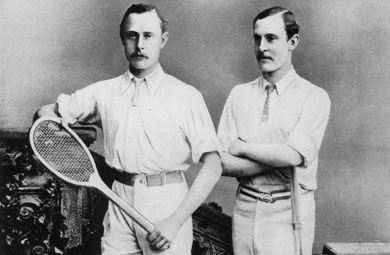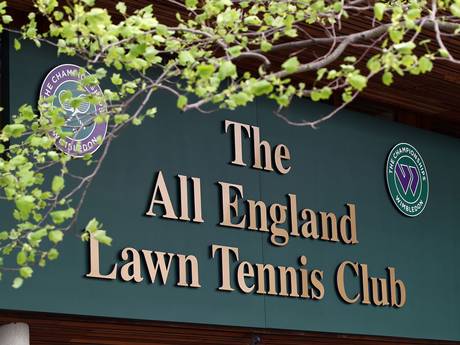When the British summer arrives, for me one thing is certain, the local tennis courts will be flooded with keen tennis players, especially after this years success in Wimbledon for Britain.
After watching the final between Murray and Djokovic I couldn’t help but want to find out more about this monumental sports event that drove thousands of fans to London this year to support the players.
Finding out a little more about Wimbledon’s history really amplified the importance behind the event and why it means so much to the players, fans and organisers.
For example many tennis world records have been set in Wimbledon such as the longest ever game, lasting eleven hours and five minutes, over three days of tennis between John Isner of the United States and Nicolas Mahut of France in 2010.
Interestingly the country that leads the winners count for the men’s singles is Great Britain with 36 all time wins, although from 1877-1904 most competitors were British, so very much weighted in our favour.
Mister William Renshaw is the main contributor towards the wins with the highest ever record of 7 championship wins, joint with Roger Federer and Pete Sampras.

Many tennis fans believe that Wimbledon is the greatest tennis championship ever, it all began in 1877 at the All England Lawn Tennis And Croquet Club, the game began as ‘Lawn tennis’ devised by Walter Clapton Wingfield.
The only noticeable changes on the court consisted of the height of the net, the posts and the distance of the service line from the net, so pretty much keeping its original state to this day.
The 9th July 1877 was the day that the Wimbledon championships began for the first time, ever, the only event would be the men’s singles and would cost one shilling each to watch the final, which roughly calculates to £19.64 in today’s money.
Another interesting change in the placing of Wimbledon is that the original setting off Worple Road, Wimbledon was moved in 1922 to its now present location in Church road in order to rise the capacity of the stadiums.
Over the years Wimbledon has developed greatly with such things as the introduction to new events like the ladies singles and doubles event in 1884 and the globalisation of the game, for example the first ever non British winner was in 1907 when Australian Norman Brookes beat Arthur Gore in three straight sets.
Wimbledon now consists of three main courts and seventeen non staged courts, court 1, court 2 and centre court which holds the most important games.
The tournament now contains five separate championships, Gentlemen’s singles, Ladies’ singles, Gentlemen’s doubles, Ladies’ doubles and Mixed doubles.
Despite me attempting to understand the historical momentum behind the recent victory for Britain, I had stumbled across a certain something that also explains the competitiveness, being the prize money, amazingly first round losers in the 2013 championships received £23,500, which sprung the question; how much does the winner receive, this years winner Andy Murray received a wealthy £1,600,000.
A few more recent changes to Wimbledon are ever growing thanks to the rise in technology and funding, for example some of the facts and figures from the 2013 championship showed that 54,250 tennis balls were used during the event, the catering staff were issued 300,000 cups of tea and coffee, 200,000 glasses of pimm’s, 100,000 pints of draught beer and lager and 28,000 kg (112,000 punnets) of English strawberries, keeping to tradition.
